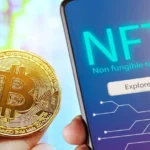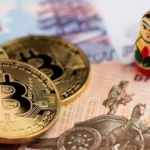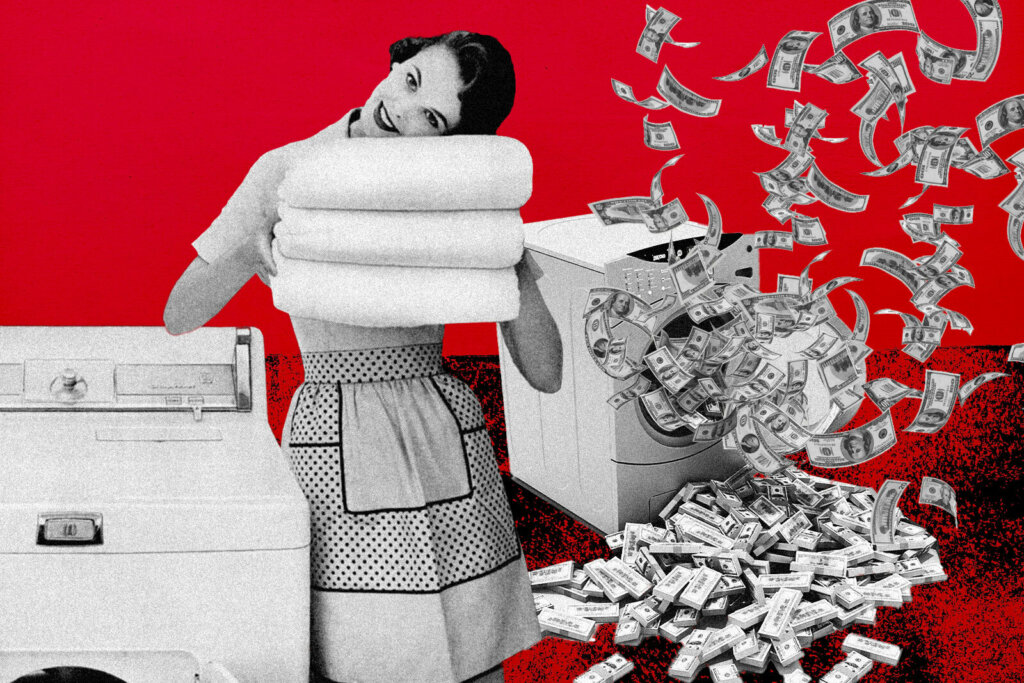- The blockchain research and analysis firm has detected a small but growing sector linked to criminal activities.
- Likewise, the so-called wash trade, in which token owners carry out fictitious sales to inflate their value, is also on the rise.
- There have been thousands of cases where NFTs have been bought through self-funded addresses.
Non-fungible tokens (NFTs) are being used in criminal activities by individuals and businesses around the world, just like cryptocurrencies, according to the latest report by global industry data, research and analytics firm Chainalysis.
The report mentions two activities in which it has detected illegal movements related to this type of digital assets. One is the so-called laundering trade and the other is money laundering itself.
NFTs are products developed under blockchain technology that, as their name indicates, are not substitutable. The purpose is to create tokens with a unique design, unlike traditional cryptocurrencies, whose purpose is to serve as units of exchange and a store of value.
These assets, which are generally bought and sold on specialized markets, serve to store data on the blockchain. Likewise, they grant the owner full ownership of the stored data or the means with which the token is associated.
Such data can be associated with various projects that involve physical objects, videos, images, videos, audio, memberships, among others, and are mostly built on the Ethereum and Solana blockchains.
NFTs Have a High Potential for Abuse
The company reported tracking “a minimum $44.2 billion worth of cryptocurrency sent to ERC-721 and ERC-1155 contracts — the two types of Ethereum smart contracts associated with NFT marketplaces and collections — up from just $106 million in 2020.”
Chainalysis notes that due to the recent popularity of NFTs, the potential of these assets for abuse and criminal activity is increasing. Chainalysis believes that the industry should make investments in NFTs as safe as possible.
The two illicit ways of operating with NFTs are the laundering of NFT trade with the aim of artificially increasing its value, and money laundering through the purchase of this type of digital asset.
Wash trading means that NFTs are bought by the same sellers in order to inflate their value. In this way, they try to present a misleading financial profile of the asset in the market in terms of real value and liquidity.
It Is Possible to Trace the Wash Trade
This type of illegal activity has often been a source of concern for the crypto industry. Some crypto exchanges use this practice to pretend that their cryptocurrency trading volumes are higher.
In the case of NFTs, fictitious sales of a given token seek to trick users into appearing more valuable than it really is. The NFT is sold over and over again to wallets that the same seller also controls.
An unsuspecting buyer may believe that the asset has passed from one collector to another and be misled by the supposed value and interest the NFT has garnered in the market, Chainalysis explains.
These deceptive trading practices are relatively easy to execute because there are “NFT trading platforms that allow users to trade simply by connecting their wallet to the platform, without the need to identify themselves.”
But Chainalysis claims with blockchain analytics, it can “track NFT wash trading by analyzing sales of NFTs to addresses that were self-financed, meaning they were funded either by the selling address or by the address that initially funded the selling address.”
On the Flipside
- The popularity of NFTs has made them risky digital assets for investors.
- Not only has growing criminal activity been detected but also a worrying lack of regulation in the markets.
- The NFT laundering trade is moving in a “murky legal area,” warns Chainalysis.
“While wash trading is prohibited in conventional securities and futures, wash trading involving NFTs has yet to be the subject of an enforcement action,” the firm states.
Why You Should Care
- Although money laundering in the NFT market is still in its infancy, it is already becoming visible, Chainalysis notes.
In the art market, this crime has acquired colossal dimensions. Many criminals buy works in markets that offer certain tax advantages with illegal funds, then sell them and the money is laundered.
Fortunately, money laundering in the sale of works of art through the blockchain is easier to detect than in the physical art market (paintings, sculptures and others), where it is more difficult to quantify its volume.
In contrast, with NFTs, it is possible to make “more reliable estimates,” says the company.










